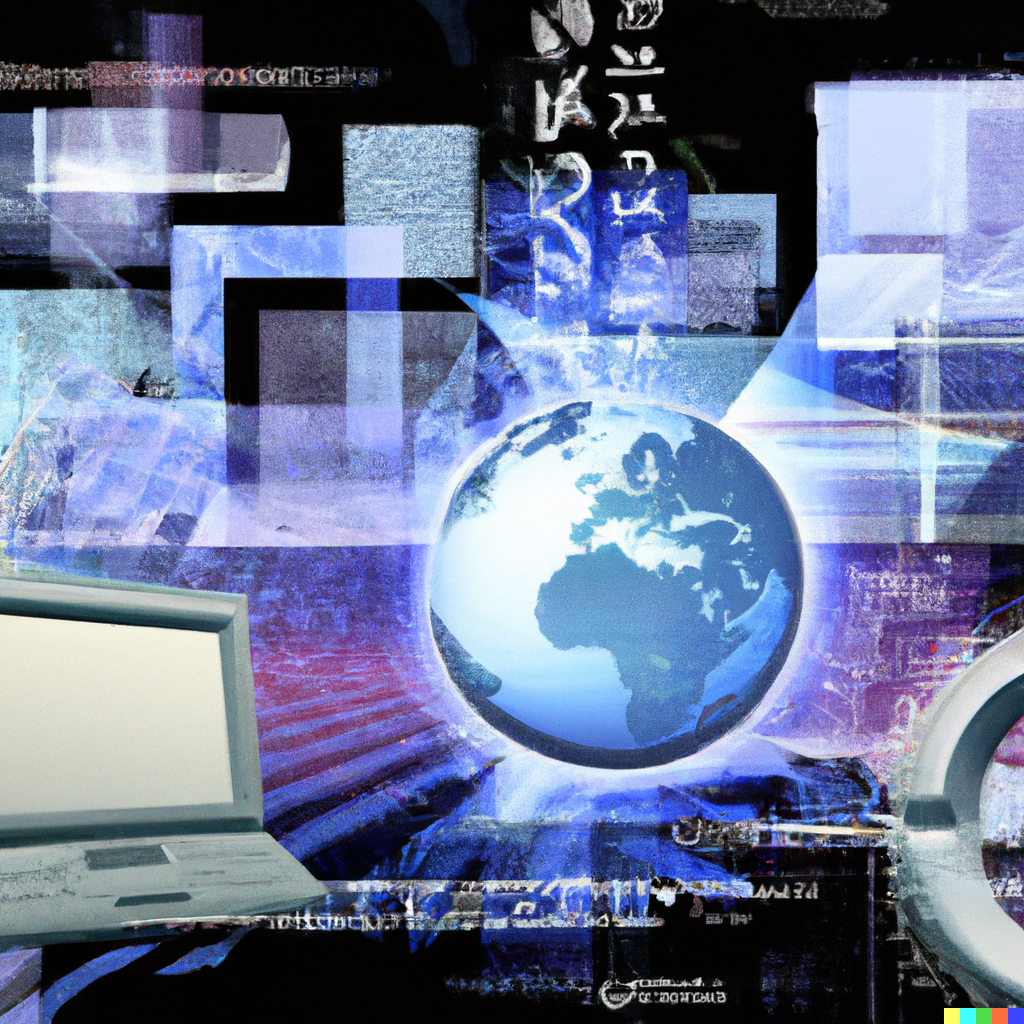October 21 |

In today’s hyper-connected world, Information Technology (IT) is more than a support function—it’s the engine driving innovation, productivity, and progress across every industry. From cloud computing and artificial intelligence to cybersecurity and data analytics, IT plays a crucial role in shaping how businesses operate and how people live, work, and communicate.
This article explores what IT really means, its key components, current trends, and how it continues to redefine the global landscape.
Information Technology refers to the use of computers, software, networks, and digital systems to process, store, and transmit information. It encompasses a wide range of disciplines, including:
In essence, IT is the foundation upon which modern business and society are built.
The journey of IT began in the mid-20th century with the invention of the computer. Over time, it has evolved through several key stages:
As digital threats become more sophisticated, protecting data is a top priority. Cybersecurity professionals implement firewalls, encryption, and monitoring systems to safeguard networks from breaches.
Cloud platforms like AWS, Microsoft Azure, and Google Cloud allow businesses to scale resources, reduce infrastructure costs, and increase flexibility.
Companies now leverage data analytics and machine learning to gain insights, predict trends, and make smarter business decisions.
Efficient IT infrastructure ensures reliable connectivity and smooth communication between systems, enabling seamless business operations.
From troubleshooting technical issues to maintaining software systems, IT support ensures business continuity and productivity.
Information Technology is at the heart of modern business operations. Here’s how it adds value:
The IT sector offers diverse and lucrative career paths. Some in-demand roles include:
With the ongoing digital transformation, the demand for skilled IT professionals continues to grow globally.
Information Technology is not just about hardware or software—it’s about innovation, connectivity, and transformation. As technology continues to evolve, IT will remain the driving force behind economic growth, digital security, and the advancement of human potential.
Whether you’re an aspiring IT professional, a business leader, or a curious learner, understanding IT’s role in shaping the world will help you stay ahead in the digital age.
SHARE THIS:
© Copyright 2025Global Trailblazer AwardsAll Rights Reserved